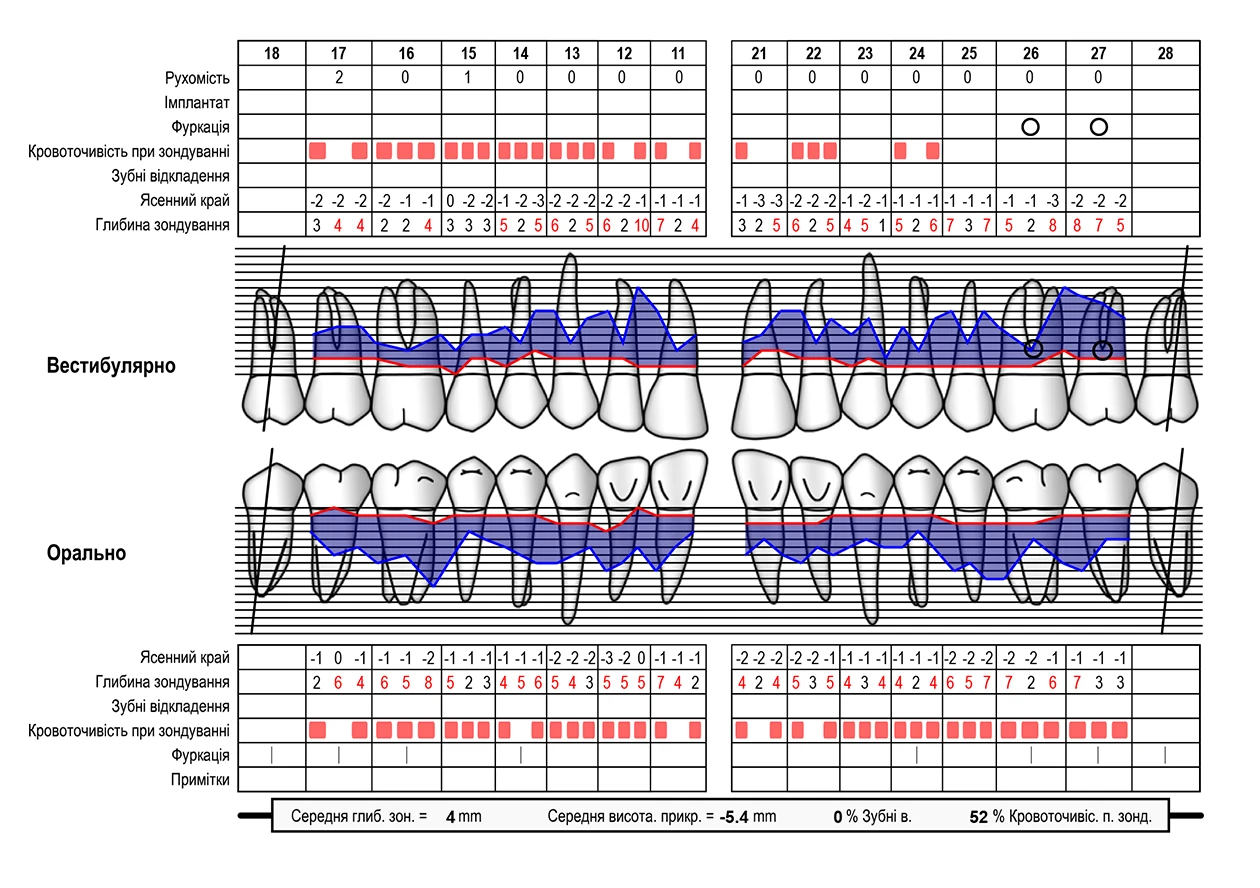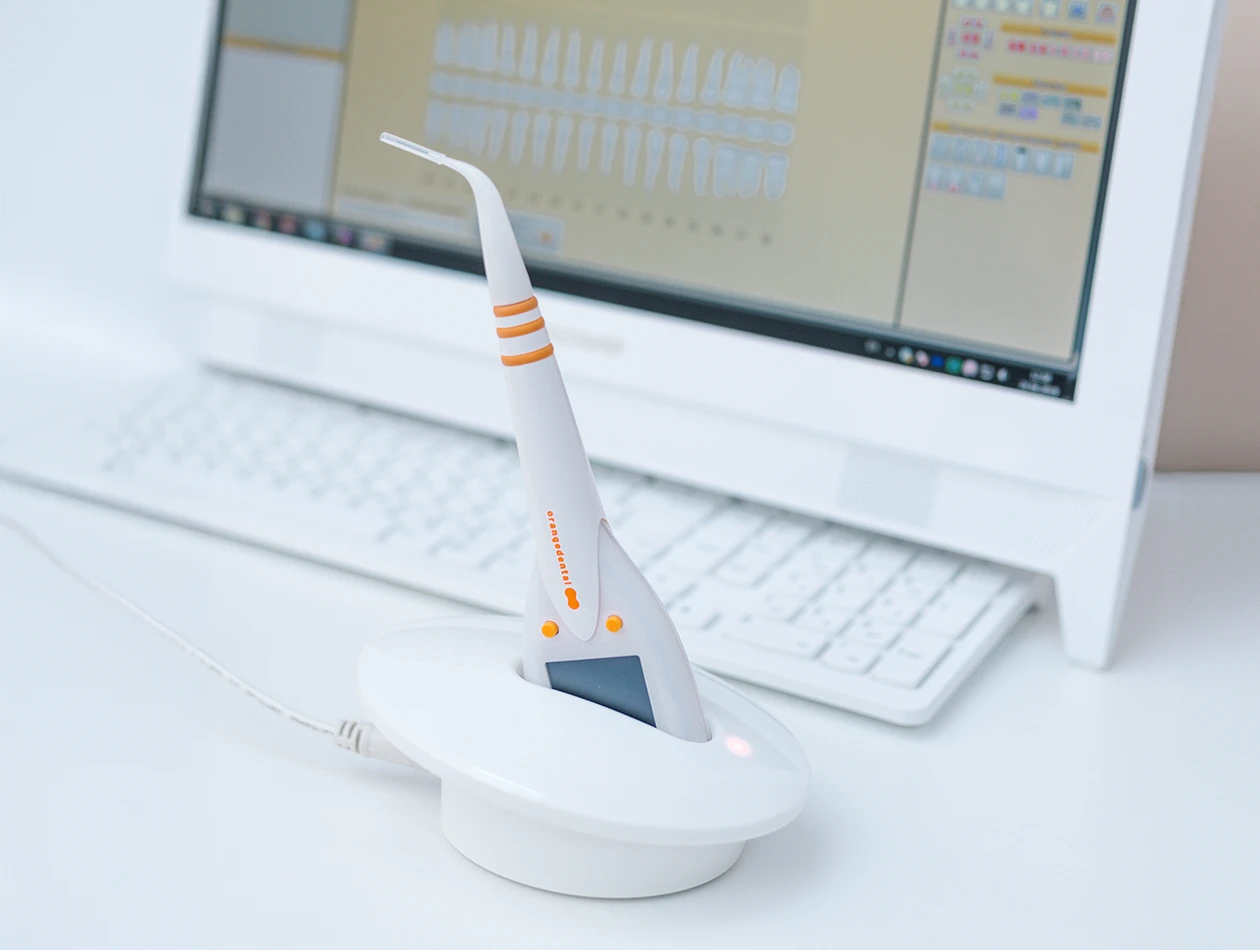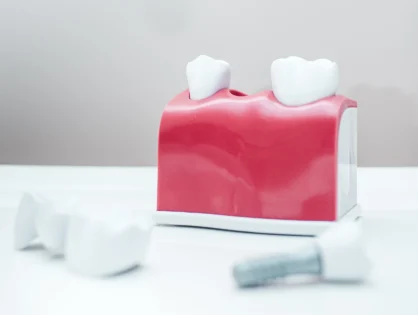Periodontitis is a common dental disease that is accompanied by inflammation of the periodontal tissues (the tissues surrounding the tooth) and often leads to various complications and even tooth loss.
To assess changes in the condition of periodontal tissues, a periodontal chart of the patient is maintained.
What is a periodontal chart?
A periodontal chart is a document containing structured information about the condition of periodontal tissues, and therefore — about oral health.
A periodontal chart is compiled during the clinical examination of the patient and allows you to systematically monitor the condition or changes in periodontal tissues. It reflects data on examinations, prescribed treatment, changes in the periodontal state.
The following information is recorded in the periodontal chart:
- general periodontal health condition
- presence of dental deposits, areas of decay
- depths of periodontal pockets
- any movements in your teeth
- assessment of bleeding gums.
The depth of the periodontal pockets is estimated by probing with a special periodontal probe.
After establishing the necessary data for diagnosis, a graphical image of the periodontal map is created with the calculation of the percentage of dental deposits, bleeding, depth of periodontal pockets and height of attachment of the gum edge.
These data are entered in the patient’s medical history and are used to compare data at subsequent visits to the periodontist.

Indications for periodontal charting
Creating a periodontal chart is necessary in the case of signs of periodontitis. Such factors include the following symptoms:
- bleeding gums when brushing teeth or eating
- redness and swelling of the gums
- pain in the gums
- bad breath
- changes in bite, or how the teeth fit together
- increased sensitivity of teeth
- longer-looking teeth with visible roots
- loose or shifting teeth
Who is recommended to have a periodontal chart?
Filling out a periodontal map is necessary for each patient who is diagnosed with the first signs of periodontitis. This medical document helps the doctor track all changes in periodontal tissues.
The periodontal chart (perio chart) is necessary not only for the primary diagnosis of the disease, but also to improve the effectiveness of treatment, timely adjustment of the individual treatment plan and early detection of any abnormalities in the structure of periodontal tissues.
The information of the perio chart can be updated during the examination by the periodontist to see the dynamics of treatment and, if necessary, adjust the appointments that were made earlier.
Types of filling of periodontal charts
There are the following types of filling out the periodontal chart:
- Manual. In this case, the measurement of the depth of the periodontal pockets and the interpretation of the data obtained is carried out by the doctor using a conventional periodontal probe. Moreover, the doctor independently types in the obtained data into the periodontal chart.
- Filling out an electronic periodontal chart — is the most modern method of controlling the periodontal state. Measurements are determined using a high-tech computer probe that automatically detects all indicators. The resulting data is instantly processed, structured and stored using software.

How is a periodontal chart filled out?
In the H-Clinic, the periodontal card is filled out by a periodontist, using the electronic Pa-on system:
- Photographing the oral cavity in order to record the initial condition of the teeth, periodontal tissues and evaluate changes after treatment.
- X-ray examination — to assess the condition of bone tissue.
- Filling out a periodontal chart using a probe. All manipulations are carried out with minimal effect on the periodontal tissue to protect the patient from possible discomfort. The information is immediately transmitted to the computer and recorded in the periodontal chart automatically, which minimizes the role of the human factor and ensures the highest accuracy of calculations and data storage. Interpretation of the results is simple and fast; the doctor can quickly make the right decision on the choice of treatment methods.
During re-diagnosis, the patient can be sure that the doctor will trace the slightest changes and in case of deterioration of the periodontal state, will be able to identify the problem in time and solve it, even before the appearance of severe symptoms and relapses of the disease. The only thing that is necessary is to undergo regular diagnostics. According to the results of the examination by the electronic probe Pa-on, the periodontist can not only prescribe treatment, but also determine individual recommendations for the patient, relevant specifically for his clinical case.
Such visual fixation of changes helps to assess the effectiveness of the performed methods of treatment and track the nature of changes in dynamics.
Periodontal chart visually shows the issue areas of periodontal tissues, the condition of teeth and dental pockets and allows us to draw conclusions about the plan for the necessary treatment of periodontitis.
In addition, the asymptomatic course of periodontitis often creates a false impression in the patient regarding the state of oral health, and the periodontal chart reflects the violations found more clearly and with dynamics over time.




